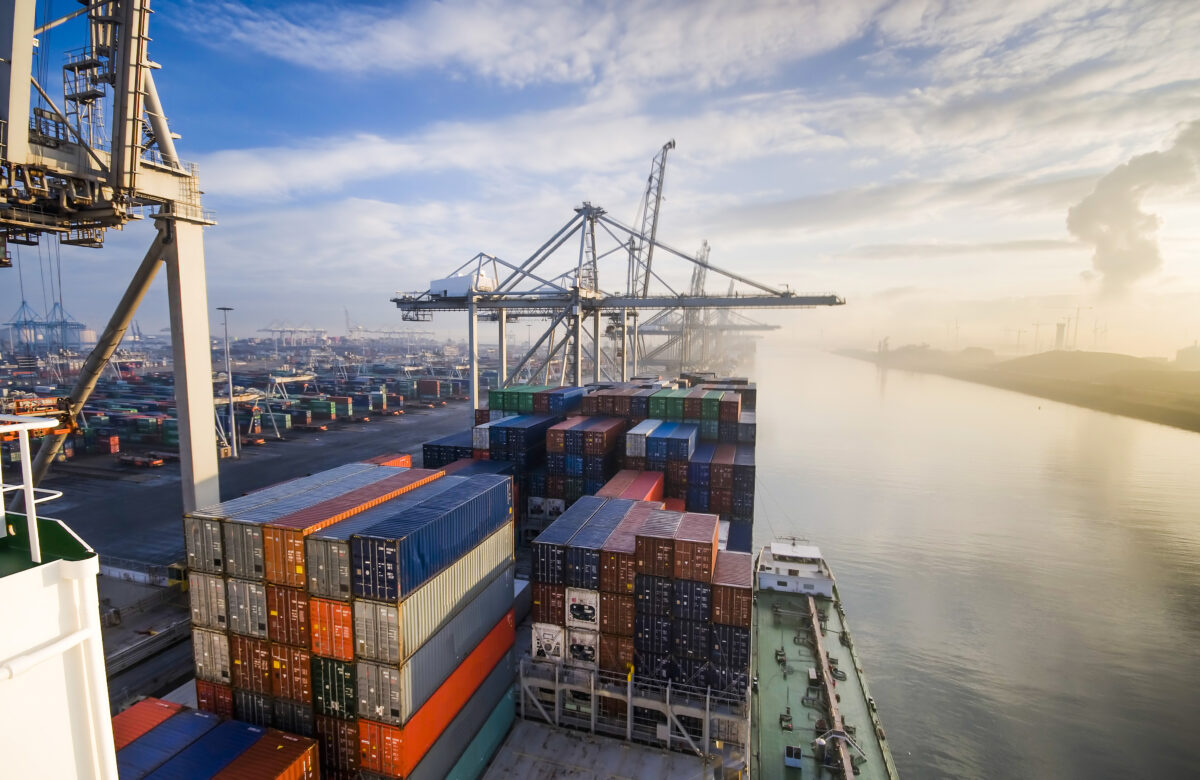From 1 December 2012, the common transit procedure will also be possible for imports and exports with Turkey. This simplifies customs regulations for all those who want to export to Asia. Anyone who, as an economic operator, has not yet had his instrument of guarantee amended in connection with Croatia’s accession should seek it now at the latest. Only if this has been extended to Turkey, transit procedures in the NCTS are possible.
For customs declarations, from 01.12.2012, the value “EU” must be indicated in the field “Customs status” for both imports and exports.
What is the common transit procedure?
The common transit procedure is a customs transit procedure which is used when goods are to be transported between the EU Member States and neighbouring countries. The common transit procedure used to apply between the EU countries and the EFTA countries (Iceland, Norway, Liechtenstein and Switzerland). Since 1 July 2012, the same applies to relations between the EU and Croatia.
Following the Community transit procedure
The common transit procedure is based on the Community transit procedure (CIS). The Community transit procedure applies only to the movement of goods within the European Union. The special feature of the Community transit procedure is that the goods can be transported continuously from the place of departure to the place of destination without the need for customs treatment in the transit countries. The goods are therefore also subject to customs supervision during the entire transport.
In order to minimise the risk of tax evasion, authorisation of the transit procedure is in principle subject to the provision of security. This can be achieved by
- Cash security,
- Position of a guarantor,
- Security vouchers amounting to EUR 7,000
In some cases, the Customs Code implementing regulation also allows for simplifications, such as exemption from the guarantee requirement or the provision of comprehensive rather than individual guarantees. The simplifications are based on Articles 372 et seq. of the Customs Code Regulation.
Dieser Artikel wurde am 16. August 2018 erstellt. Die fachliche Zweitprüfung hat Rechtsanwalt Dr. Tristan Wegner durchgeführt.

